The Future of Public Health: Leveraging Technology to Navigate Budget Cuts, Compliance, and Community Health Challenges
Public health agencies across the U.S. are grappling with a perfect storm of budget cuts, workforce shortages, rising disease burdens, and fragmented data systems. The latest administration’s policy changes, including deep reductions in Medicaid funding, NIH budget cuts, and shifts in public health governance, are forcing agencies to operate with fewer resources while addressing an ever-growing demand for services.
Over 70% of U.S. public health agencies report staffing shortages, impacting the ability to provide essential health services【1】
At the same time, pandemic preparedness, chronic disease management, maternal health, and behavioral health crises require more attention than ever. Without modernized infrastructure and intelligent automation, public health agencies risk inefficiencies, slow response times, compliance failures, and worsening health disparities among vulnerable populations.
How Technology Can Transform Public Health
A comprehensive public health platform can directly address these threats by enabling data-driven decision-making, automation, and seamless interoperability across agencies and healthcare systems. By leveraging predictive analytics, public health organizations can identify outbreaks, monitor chronic disease trends, and allocate resources proactively, ensuring that high-risk populations receive timely interventions. Automated workflows and AI-driven case management help alleviate workforce shortages by reducing administrative burden, streamlining reporting processes, and ensuring regulatory compliance. Additionally, integrated communication tools—including secure messaging, telehealth, and digital referrals—enhance community outreach, ensuring that underserved populations have access to critical health services. By adopting a scalable and interoperable public health infrastructure, agencies can modernize operations, improve response times, and maximize the impact of limited resources, ultimately building a more resilient and efficient public health system despite funding constraints and policy shifts.
AI-powered automation eliminates manual reporting, case tracking, and documentation efforts, saving agencies up to 30% in administrative costs【2】
Key technology investments that can drive transformation include:
Predictive Analytics & AI – Uses historical and real-time data to forecast outbreaks, detect health trends, and allocate resources efficiently.
Seamless Interoperability – Integrates EHR systems, care management platforms, HIEs, and social service networks to provide a unified patient view.
Community Engagement & Education – Delivers multi-channel communication (apps, SMS, chat, kiosks) for public health messaging, telehealth counseling, and outreach.
Digital Referrals & Social Determinants of Health (SDOH) Tracking – Links individuals to mental health, housing, substance use, and maternal health support services.
Automated Compliance & Reporting – Ensures compliance with Medicaid, CalAIM, OSHA, and other federal/state programs through streamlined reporting tools.
Workforce Support via Digital Tools – Enables remote case management, mobile health assessments, and virtual consultations to extend the reach of public health teams.
Aztute: Powering the Future of Public Health
Aztute is a comprehensive, cloud-based public health platform designed to tackle these pressing challenges. Built on Microsoft Cloud for Healthcare, Aztute provides a scalable, interoperable, and AI-powered ecosystem that enables public health agencies to modernize operations, improve efficiency, and maximize outcomes.
Comprehensive Public Health Solutions on Aztute’s Platform
Aztute’s integrated platform supports a wide range of critical public health programs, including:
Disease Management & Prevention:
Case Management & Contact Tracing – Automated tracking of disease outbreaks, ensuring rapid containment.
Immunization Management – Helps public health agencies manage vaccine programs effectively.
Syndromic Surveillance & Early Detection – AI-driven monitoring to detect and prevent health crises.
Behavioral Health & Crisis Support:
Mental Health Case Management – Automated referrals to behavioral health providers, crisis intervention tools.
Substance Use Prevention & Recovery Support – Digital screenings, secure patient assessments, and AI-powered risk stratification.
Maternal, Child & Family Health:
Maternal Health & Prenatal Care – Digital education, pregnancy milestone tracking, and postpartum health monitoring.
Pediatric & Youth Services – Developmental screening tools, immunization tracking, and secure provider-parent communication.
Social & Community-Based Health Support:
Community-Based Referrals – Connects individuals with housing, food security, and economic support programs.
Workplace Health & OSHA Compliance – Automated employer reporting tools, workplace case tracking, and workforce wellness programs.
Tobacco & Substance Use Reduction Programs – AI-powered outreach, education, and smoking cessation support.
The Aztute Advantage: Why Agencies Should Act Now
With growing budget constraints, agencies can no longer afford fragmented, outdated systems that slow down public health responses. Aztute provides one unified platform that:
Reduces administrative costs through automation.
Ensures regulatory compliance with built-in Medicaid, CalAIM, and public health reporting tools.
Empowers agencies with real-time data to make faster, evidence-based decisions.
Expands access to care through telehealth, mobile case management, and automated referrals.
Enhances collaboration across agencies, healthcare providers, and community-based organizations.
In an era where public health must do more with fewer resources, technology is no longer optional—it’s essential. Aztute is here to help agencies build a resilient, data-driven future for public health.
Click here to learn more about Aztute Public Health Solution.
References
Workforce Shortages in Public Health: National Association of County and City Health Officials (NACCHO), 2024 Public Health Workforce Report.
Cost Savings with Health IT: RAND Corporation, Health Information Technology and Its Impact on U.S. Healthcare Efficiency, 2023.


